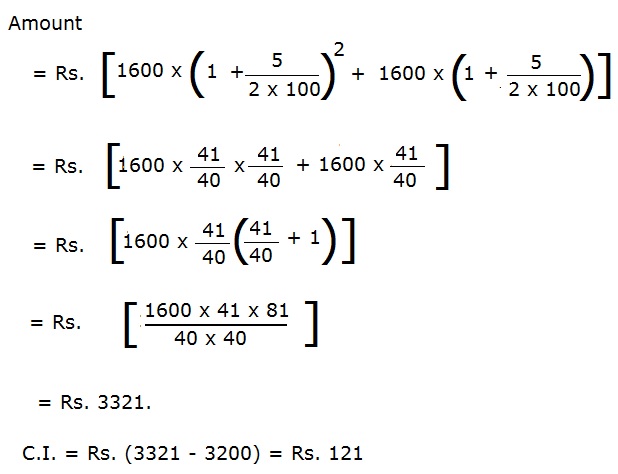What is share?
The capital of a company is divided into shares. Each share forms a unit of ownership of a company and is offered for sale so as to raise capital for the company.
In financial markets, a share is a unit of account for various investments. It often means the stock of a corporation, but is also used for collective investments such as mutual funds, limited partnerships, and real estate investment trusts.
Corporations issue shares which are offered for sale to raise share capital. The owner of shares in the corporation is a shareholder (or stockholder) of the corporation. A share is an indivisible unit of capital, expressing the ownership relationship between the company and the shareholder. The denominated value of a share is its face value, and the total of the face value of issued shares represent the capital of a company, which may not reflect the market value of those shares.
The income received from the ownership of shares is a dividend. The process of purchasing and selling shares often involves going through a stockbroker as a middle man.
Called-up value:
The value of the issued shares that have remained fully or partially unpaid, and whose holders have now been called upon to pay the balance.
Depending on the jurisdiction and the business in question, some companies may issue shares to investors with the understanding they will be paid at a later date. This allows for more flexible investment terms and may entice investors to contribute more share capital than if they had to provide funds up front. The amount of share capital owed by shareholders, but has not yet been paid, is referred to as called-up capital.
Question:
A company forfeited 2,000 shares of Rs.10 each (which were issued at par) held by Mr. John for non-payment of allotment money of Rs.4 per share. The called-up value per share was Rs.9. On forfeiture,the amount debited to share capital will be
- Rs.10,000
- Rs.8,000
- Rs.2,000
- Rs.18,000
Explanation:
On forfeiture, the share capital account is always with the called value of share
(2,000 x 9) Share Capital A/c Dr. 18,000
(2,000 x 5) To Share forfeiture 10,000
(2,000 x 4) To Calls – in- arrears 8,000


